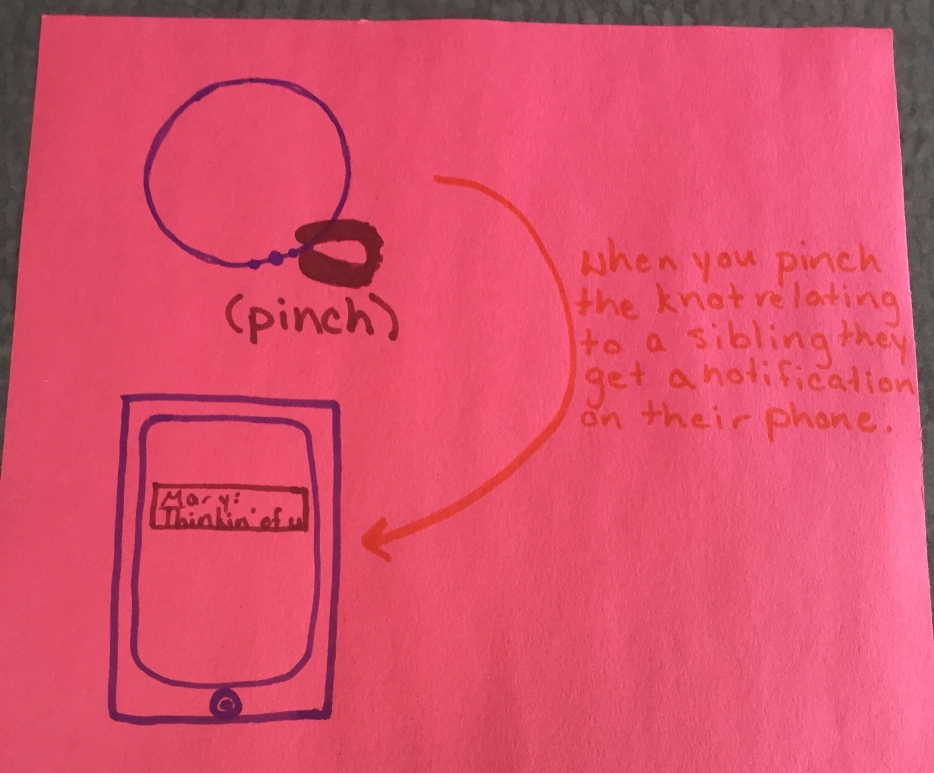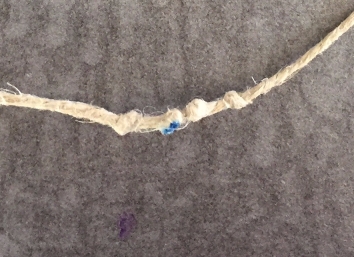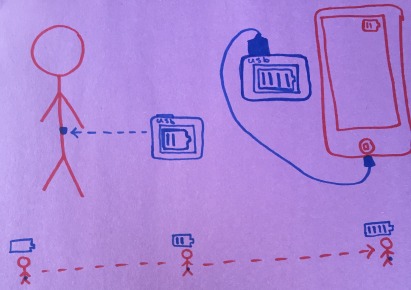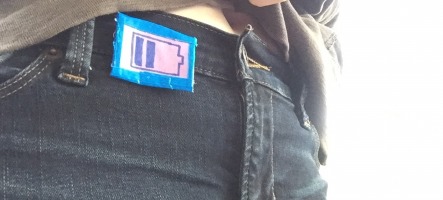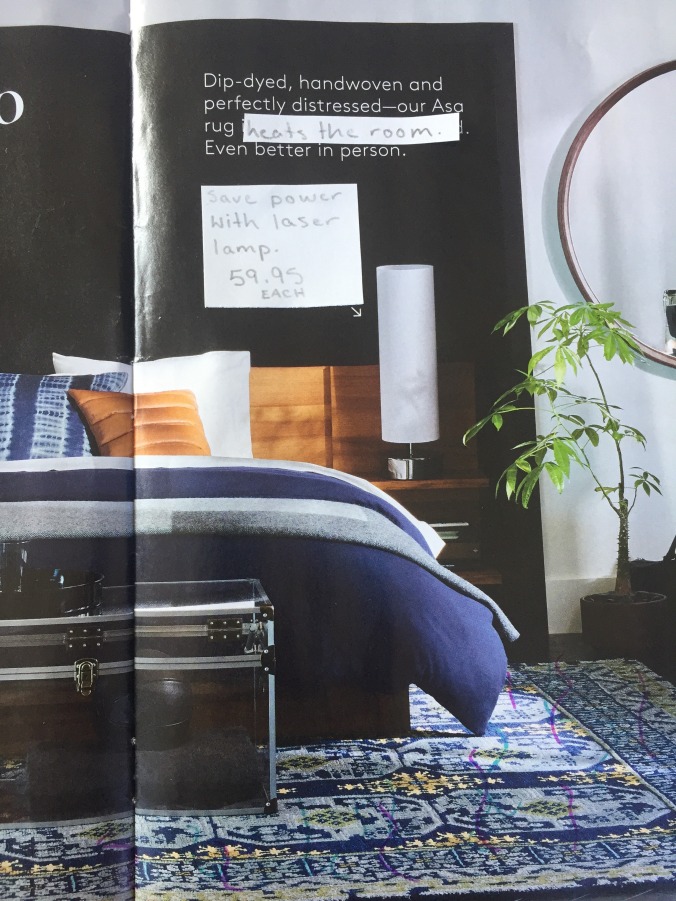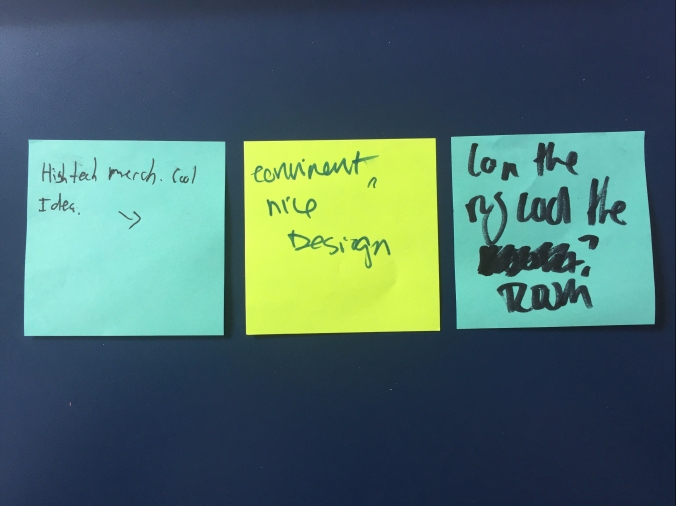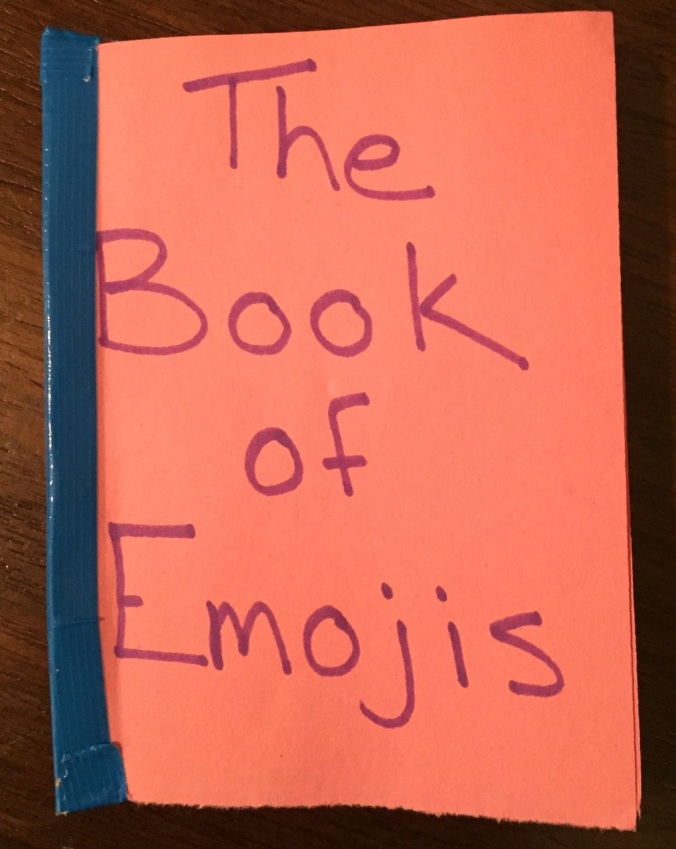
I captured a picture of the crosswalk light and it falls under democratic and authoritarian. I believe it to fall under both categories because it is trying to control when people walk, if the hand is up, you can’t walk and when the walking man is up, you can walk making it authoritarian. On the other side, there’s nothing stopping you from being able to walk when the hand is up, people still cross the street even when it says you can’t, making it democratic. My assumptions is that the walk light was designed for it to be authoritarian, because it’s goal is to control the flow of pedestrians and keep them safe from being hit by cars. The social norm makes it democratic because everyone just crosses when there are no cars, even if the hand is up. It would actually be weird to me if I saw someone waiting to cross at night when there were like no cars out.
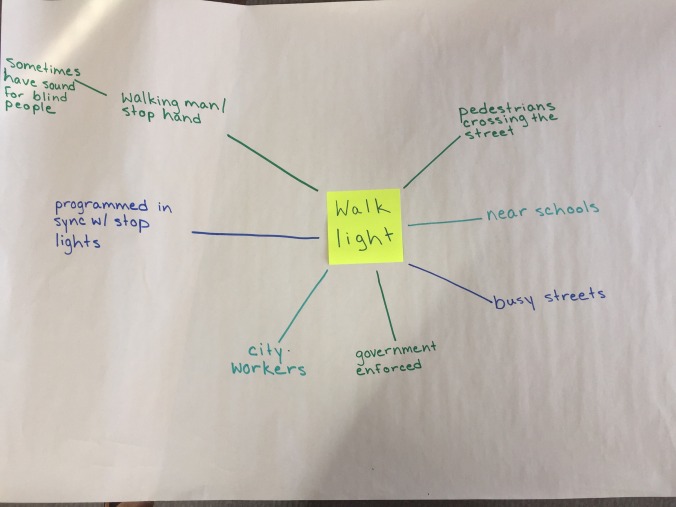
Here’s my sociotechnical map, I highlight how you find walk lights mostly near schools or on busy streets. I also wrote down how it is programmed to be in sync with the stop light and also how some walk lights use sound for people who are blind.
For my design sketch I created platforms that are placed on the sidewalk right before you reach the street and if you step on one while the hand is up, then you get lightly zapped. The zap isn’t painful just uncomfortable and it won’t hurt children. This design makes the walk sign more authoritative, people will have a much more difficult time disobeying it. It also calls to attention how easy it was before to just walk across the street even though you’re technically not supposed to.



